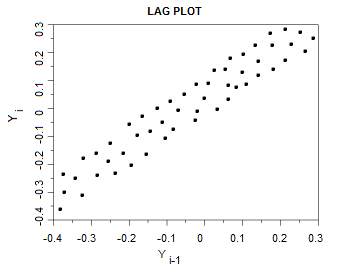
#Callnote lag software#
(Note that SQL_101 is the user account for the examples in this series it’s also the schema in which you’ll create database tables and other objects.) When the installation process prompts you to specify schema passwords, enter and confirm passwords for SYS and SYSTEM and make a note of them.įinally-whether you installed the database software from scratch or have access to an existing Oracle Database instance- download, unzip, and execute the SQL script to create the tables for the SQL_101 schema required for this article’s examples. A new database, including sample user accounts and their associated schemas, will be created for you.
#Callnote lag install#
If you install the Oracle Database software, choose the installation option that enables you to create and configure a database. I recommend installing Oracle Database, Express Edition 11 g Release 2. If necessary, download and install an Oracle Database edition for your operating system. To try out the examples in this series, you need access to an Oracle Database instance. Obtain percentages within a group-for example, to find out what percentage a particular employee received of the total amount a department pays its employees annually Provide your report with the rows that either precede ( lead) or follow ( lag) the current row being processed-for example, to discover how many days before an employee’s hire date the penultimately hired employee was hired

Return the first or last value from a group-for example, to compare the salary of every employee in a department with that of the last employee hired in that department Rank data-for example, to display the three employees with the highest salaries by department This article introduces you to analytic functions that enable your queries to In Part 10 of this series, “ A Window into the World of Analytic Functions” ( Oracle Magazine, March/April 2013), you learned how the SUM analytic function, the PARTITION and OVER clauses, the ROWS and RANGE windowing clauses, and several windowing clause parameter specifications help you manipulate result set data for business reporting purposes. Analytic functions add extensions to SQL that make complex queries easier to code and faster-running. This article is the second in a three-article sequence that introduces you to some commonly used SQL analytic functions and their associated clauses.

Part 11 in a series on the basics of the relational database and SQL By Melanie Caffrey


 0 kommentar(er)
0 kommentar(er)
